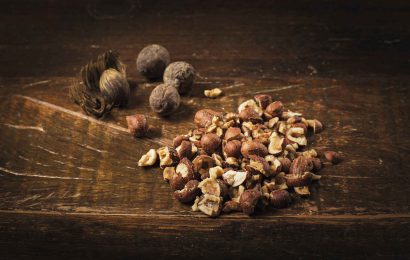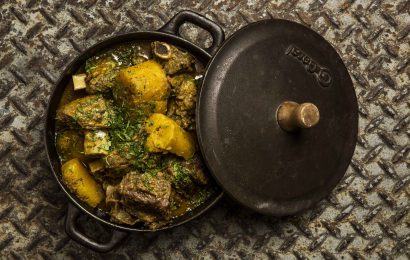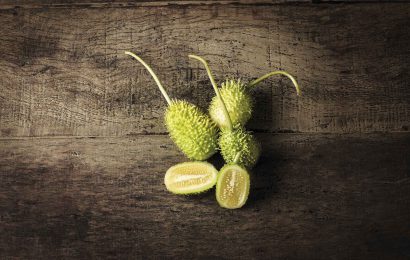His office is a complete privilege: the Amazon Forest. It is located precisely in the community of Chicano, which has only 500 inhabitants and is close to the small city of Santa Bárbara do Pará, only 50 km away (and depending on the road conditions, 1 hour and 20 minutes away) from Belém.
There, César de Mendes, a cacao researcher and lover, opened, in 2010, De Mendes – Chocolates de Origem da Amazônia. A reference when it comes to origin chocolate market. César was born in Macapá, Amapá, in a family with indigenous, quilombola and jewish Morrocan backgrounds. He grew up having cacao trees in the backyard and in the neighbourhood. He studied industrial chemistry, chemical engineering and chemistry (yes, he graduated at university three times), he has made five specializations and two masters, all of them focused in his area and in the academic field.
He followed a career in food engineering and went to live in Belém, where he met his roots, including cacao. In 2005 he decided to take part in a small producers cooperative, but it didn’t work. Then he started to sell his production to some friends in the city. His childhood memories of being surrounded by cacao trees combined with many immersive experiences in the forest to research the fruit made him open his own business five years later, naming it with his own name and building a range of products with seven chocolate versions made with cacao from Amazonia – including items with fruits from the deep forest, from floodplain meadows and riverside areas, along with options developed only by women, other that uses buffalo milk and the newest one created in collaboration with members from Yanomami, an indigenous group that lives in Roraima. “The forest entities came down here at our factory and brought with them a perfume that we haven’t tried yet. The result is totally unexpected, chocolate that is intense in the mouth and balanced in sweetness. It is made with 69% cocoa, 2% native cocoa butter processed in Waikás community and 19% organic rapadura. It is limited to a thousand bars of 50 grams”, he explains. “It is an initiative capable of showing the value of preserving the forest in just a few grams, the value of preserving the land and knowledge from Yanomami and Ye’kwana. It is an act against panning!”, says the chocolatier.
The biggest difference between De Mendes products and common chocolates is the use of a variety of native cacao (instead of adapted plants, like the ones used most frequently) such as floresta, or theobroma cacao, and cacao from Jari, discovered after a expedition in the forest in a small piece of land between Amapá and Pará. And he tells us another curiosity: although Bahia is the state usually associated with cacao production, the first tree planted there has its origins in Pará.
With sweet and floral notes, the special cacao from Jari already got international attention and took De Mendes to Russia, Italy and France. The chocolate made with it was once sold in gastronomy places such as Eataly, Empório Santa Luzia and St Marché, in São Paulo and in shops in New York and Paris. Nowadays De Mendes expansion has been slowed down. “I prefer to spend my time and effort searching for new providers, talking to communities and selling my chocolate for those who understand the situation involving cacao, the forest and Amazonia. Today I sell my products on my website, in my headquarters in Chicano and in events that I participate in Brazil and in the rest of the world. It will also be available soon in a special platform named Amazônia Hub. In Belém it is possible to find our chocolate in some places such as Instituto Peabiru”, he says .
Another product that grabbed De Mendes’ attention recently was Bom Jardim, with 63% of origin cocoa Maranhão, produced from a riverside community with the same name in Bacarena, Pará. It got a mention at Club Criollo (http://www.clubcriollo.com/), a high end chocolate event in Paris, in 2015. “De Mendes, for me, is more than just a business. It involves the communities, the small producers, people’s culture and forest management. This leads to the preservation of cacao in the whole world, since it is in risk of extinction”, says César.



